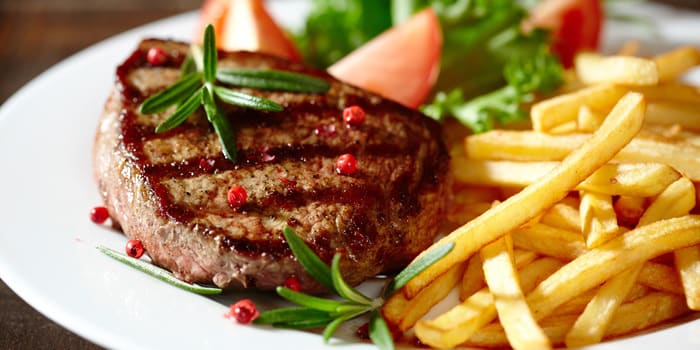What Should Be Banned After Trans Fat?

The government is kicking added trans fat to the curb for good. After declaring it a dietary demon in 2013, the FDA issued a call for a full out ban by 2018 as an additive in U.S. food products.
Most health experts see this as a good thing. Added Trans fat has been linked to higher rates of heart disease, stroke, Type II diabetes, and obesity. While it helped to preserve processed foods, it generally made them unhealthy with little to no redeeming nutritional value and was shown to raise LDL (bad cholesterol) and lower HDL (good cholesterol).
It is not the first time the U.S. government has had an opinion on what Americans consume. As president, Lincoln appointed a chemist to the Bureau of Agriculture in 1862. The Pure Food and Drug Act was passed in 1906 and in 1992, labeling became more detailed with requirements laying out the specificity of ingredients, nutrients and amounts.
It is unlikely that many will shed a tear for the dismissal of added trans fat, but other added preservatives and ingredients — including sugar and salt — have also been shown to have adverse effects.
Should state or local governments, or the feds take aim at other ingredients? What ingredients should be called out clearly in food labeling? What would you declare unfit for the American diet?
